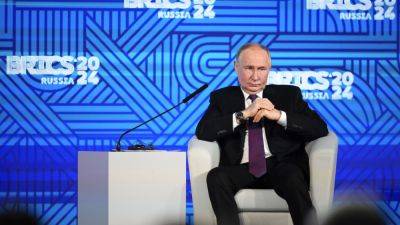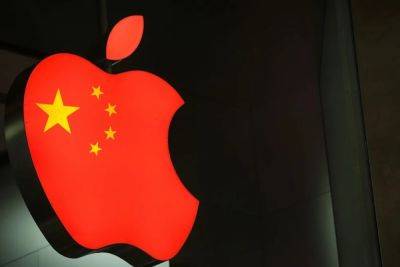What the West could learn from China on education
There is a belief widely held across the Western world: Chinese students are schooled through rote, passive learning – and an educational system like this can only produce docile workers who lack innovation or creativity.
We argue this is far from true. In fact, the Chinese education system is producing highly successful students and an extremely skilled and creative workforce. We think the world can learn something from this.
In a viral video earlier this year, Apple CEO Tim Cook highlighted the unique concentration of skilled labor that attracted his manufacturing operations to China:
To which Tesla CEO Elon Musk quickly responded on X: “True.”
When South African President Cyril Ramaphosa visited the Shenzhen headquarters of electric vehicle manufacturer BYD earlier this year, he was surprised to learn the company was planning to double its 100,000-strong engineering task force within the coming decade.
He might not have been so surprised had he known Chinese universities are producing more than ten million graduates every year – the foundation for a super-economy.
The paradox of the Chinese learner
Chinese learners achieve remarkable success levels compared to their Western – or non-Confucian-heritage – counterparts.
Since Shanghai first participated in the PISA educational evaluation in 2009, 15‑year-olds in China have topped the league table three out of four times in reading, mathematics and science.
How can a supposedly passive and rote Chinese system outperform its Western counterparts? A number of Australian scholars have been studying this “paradox of the Chinese learner” since the 1990s.
Their research shows those common perceptions of Chinese and other Asian learners are wrong. For example, repetition and







